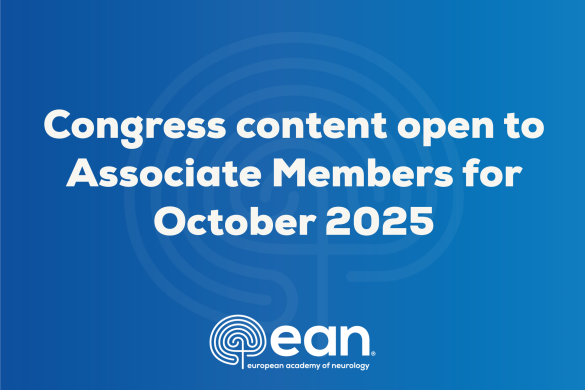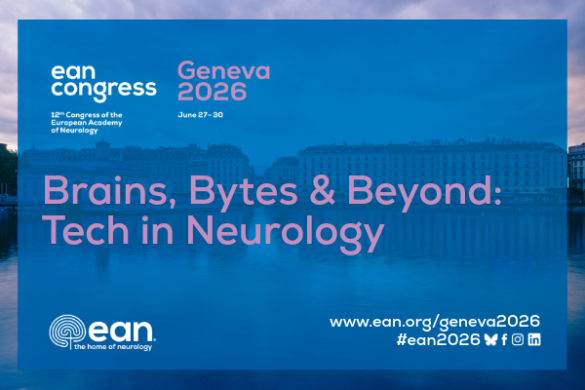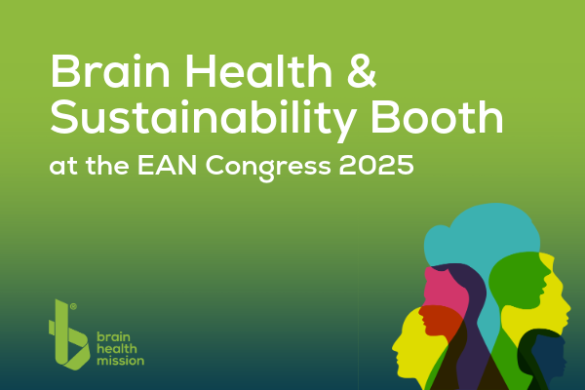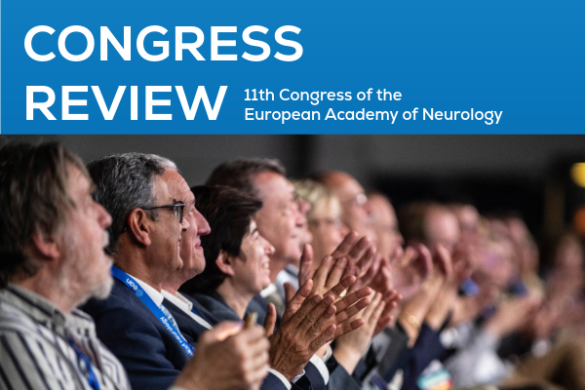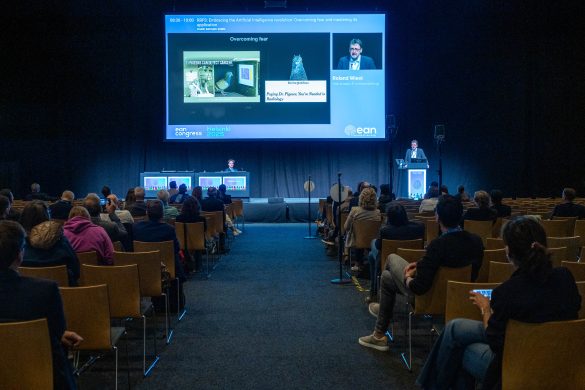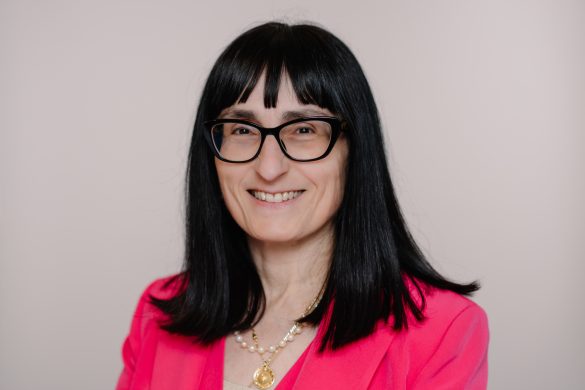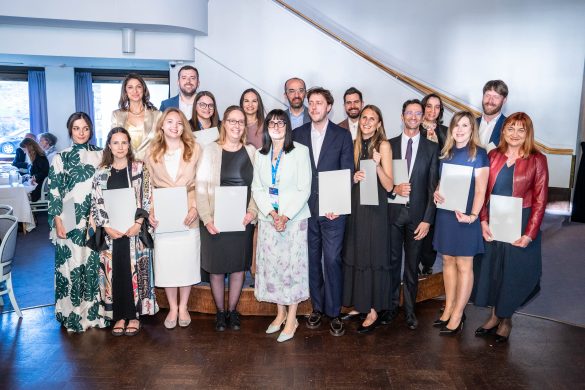Remember 2013? Well, stroke neurologists do. It was in this year that several large trials concluded that thrombectomy for acute stroke was not superior to intravenous thrombolysis and it seemed the field was ready to give up and move on. Gladly, some stubborn interventionalists stuck around.
In 2025, stroke remains one of the costliest diseases both in human and economic terms, but our approach to treating it has changed immensely, and it seems we’re only getting started with thrombectomy. Despite the burden, the landscape of acute ischemic stroke treatment continues to evolve rapidly. This symposium, held in collaboration with the European Stroke Organisation (ESO), gathered leading experts to discuss current challenges, recent innovations, and promising future approaches. Chaired by Thomas Clement Truelsen (Denmark) and Else Charlotte Sandset (Norway), the session highlighted the complexities and potential of stroke management.
Missed the session?
Watch it on demand via our Virtual Congress Platform – click here!
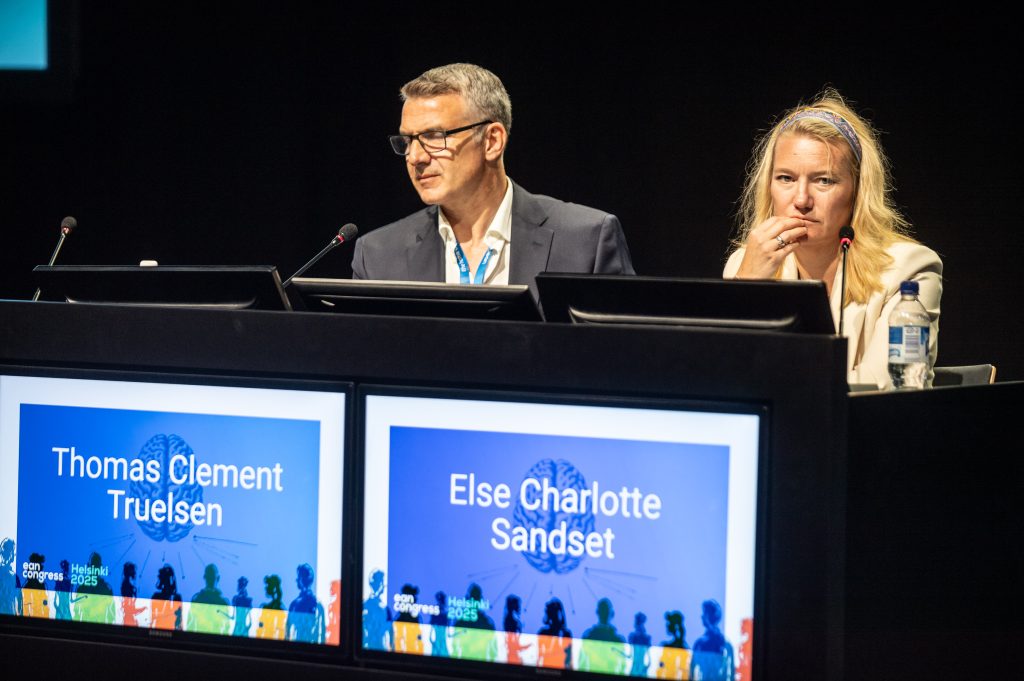
Opening the symposium, Else Charlotte Sandset tackled the still highly relevant topic of intravenous thrombolysis. Highlighting its role as the sole systemic therapy that genuinely enhances functional outcomes, she stressed the importance of timely intervention. However, Sandset acknowledged uncertainties in managing minor strokes, emphasising the necessity to assess disability levels carefully. Of course, she talked about the new kid on the block: tenecteplase. Simplifying early treatment while being at least non-inferior to alteplase, she concluded that this therapy is here to stay and that trials in other indications and time windows are eagerly awaited.
Andrea Zini from Bologna shifted focus to mechanical thrombectomy and specifically patient selection. Zini emphasised careful patient stratification, something that plagued the early trials as much as it is still a source of bias and underpowering. He underscored that while thrombectomy has proven transformative, it demands precision in patient selection and timing. His insights reminded us that in the age of algorithmic decision support, we still need to keep a keen eye on getting the right patient to the right treatment at the right time to maximise benefits and minimise risks.
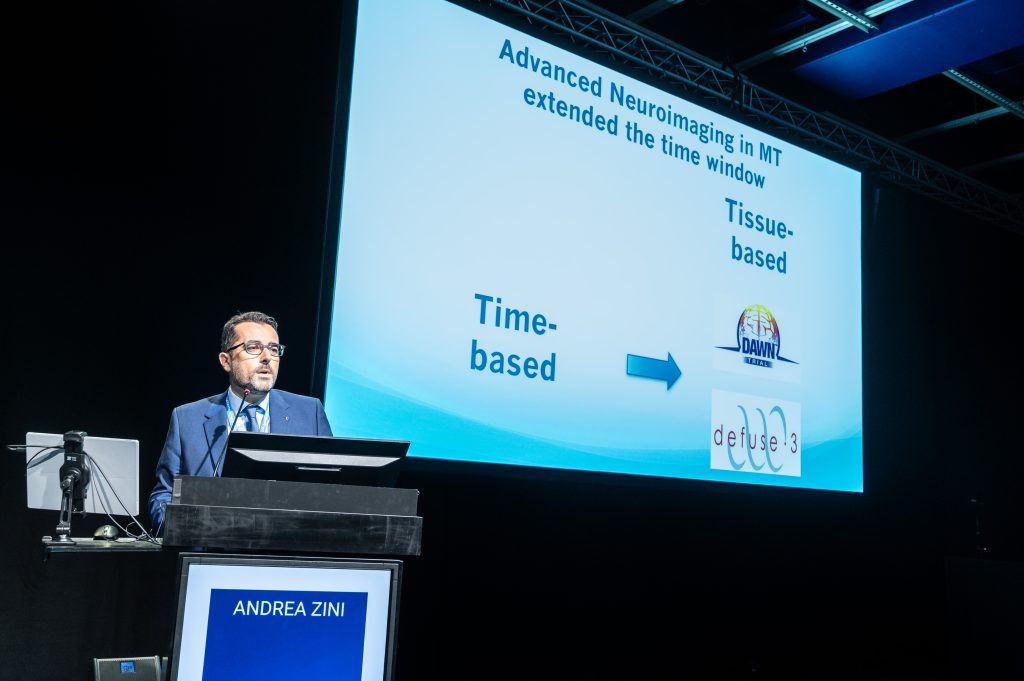
Diana Aguiar de Sousa brought attention to implementation challenges across Europe. The Portuguese physician-researcher noted that although acute stroke treatments significantly reduce disability, not everyone profits from this improvement in the same way. She highlighted stark gaps in patient access, predominantly due to systemic barriers, showing large differences between countries and socioeconomic groups. While some nations excel in delivering IVT and EVT to most of their patients, many eligible patients still remain untreated across Europe. Advocating for high-quality, equitable care, she emphasised the crucial role of national stroke plans and robust data collection to overcome disparities.
Finally, Urs Fischer from the University Hospital Bern addressed the goal of optimising recanalisation therapies. As one of the leading trialists in this field, he was able to share insights on the history and future of endovascular treatment options. He noted that while complete reperfusion correlates strongly with favourable outcomes, intensive efforts were still necessary to get this treatment to all eligible patients. Fischer raised critical questions for ongoing and future research, notably the optimal timing for thrombolysis relative to mechanical thrombectomy and the potential roles of EVT versus best medical therapy (BMT) for medium vessel occlusions. His call for further trials and extensive, individual patient-level meta-analyses underscored that significant knowledge gaps persist.
Collectively, the symposium painted a clear picture: advances in stroke care are substantial, yet the journey toward optimal patient outcomes is ongoing. By addressing systemic barriers and refining therapeutic approaches, stroke treatment can be even more effective in reducing morbidity and mortality – something that is at the heart of the brain health initiative.





